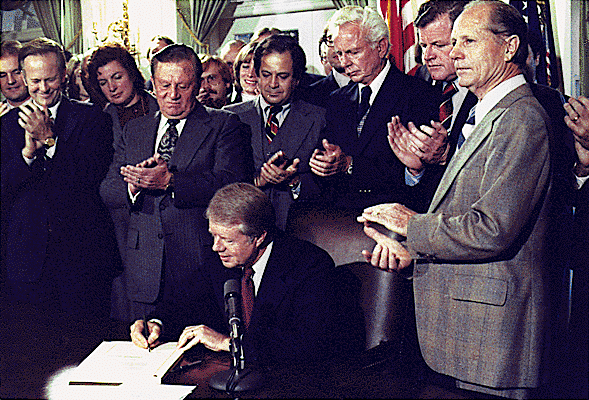On February 12, 2009, Continental Express flight 3407, operated by Colgan Air, crashed near Buffalo, NY. The US Nation Transportation Safety Board (NTSB) investigations concluded that pilots did not perform basic procedures to recover from a stalled condition. Additionally, the NTSB determined that fatigue played a significant role in the accident. The Captain and First Officer did not have adequate rest the night before the accident (Wald, 2009). To prevent future accidents, the legislation regarding fatigue and crew requirements changed.
Unfortunately, most regulations are “written on blood,” meaning they become law after an accident; this is not the exception. Congress passed the Airline Safety and FAA Extension Act of 2010 after the Colgan flight 3407 accident. In 2014, the FAA implemented new minimum rest requirements for airline crew members (Trejos, 2014). This new regulation set a maximum amount of hours a crew member could be on duty and flight per day. Additionally, airlines must have a risk management program and must be reviewed by crew members every often.
 |
Air Line Pilot Association. (2019). PART 117—FLIGHT DUTY PERIOD: UNAUGMENTED OPERATIONS |
The 14 CFR Part 117 allows pilots to report fatigue to the airline without repercussions. The goal is to have no fatigue pilots flying. However, there is room for improvement. At this time, this regulation does not apply to cargo and private charter pilots. This new legislation helped increase safety in the aviation industry in the US.
References:
Air Line Pilot Association. (2019). PART 117—FLIGHT DUTY PERIOD: UNAUGMENTED OPERATIONS [Table]. GUIDE TO PART 117 FLIGHT-TIME LIMITATIONS AND REST REQUIREMENTS. https://www3.alpa.org/LinkClick.aspx fileticket=LuTU%2FiviaQE%3D&tabid=3335
Air Line Pilot Association. (2019). PART 117—MAXIMUM FLIGHT TIME: UNAUGMENTED OPERATIONS [Table]. GUIDE TO PART 117 FLIGHT-TIME LIMITATIONS AND REST REQUIREMENTS. https://www3.alpa.org/LinkClick.aspx?fileticket=LuTU%2FiviaQE%3D&tabid=333
Trejos, N. U. T. (2014, January 3). USA TODAY. USATODAY. https://eu.usatoday.com/story/todayinthesky/2014/01/03/pilot-fatigue-mandatory-rest-new-faa-rules/4304417/
Wald, M. L. (2009, May 14). Pilots in Buffalo Crash Were Set Up for Fatigue, Officials Say at Hearing. The New York Times. https://www.nytimes.com/2009/05/14/nyregion/14pilot.html

